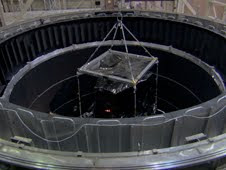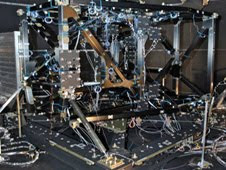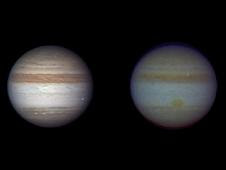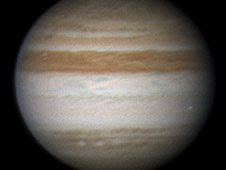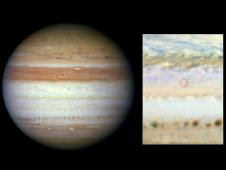
The Space Shuttle Program's final solid rocket booster structural assembly -- the right-hand forward -- moved from the Assembly Refurbishment Facility to the Vehicle Assembly Building at Kennedy Space Center on Thursday. The right and left forward assemblies, which are refurbished and processed at KSC, are comprised of three components -- nose cap, frustum and forward skirt. Inside the VAB, the boosters will be stacked and then mated to an external fuel tank for space shuttle Atlantis for what currently is planned as the "launch on need," or potential rescue mission, for Endeavour's STS-134 mission to the International Space Station targeted to launch in 2011.
About three miles away, at Launch Pad 39A, technicians are servicing the solid rocket booster hydraulic power units as the space shuttle Discovery stack is readied for launch. Liftoff remains targeted for Nov. 1 at 4:40 p.m. EDT.
The remnants of Tropical Storm Nicole passed well offshore from Kennedy and aren't affecting operations at the center. Discovery's processing at the pad also was not affected by the storm.
At NASA's Johnson Space Center in Houston, the STS-133 crew will perform a bench review of flight crew equipment.







